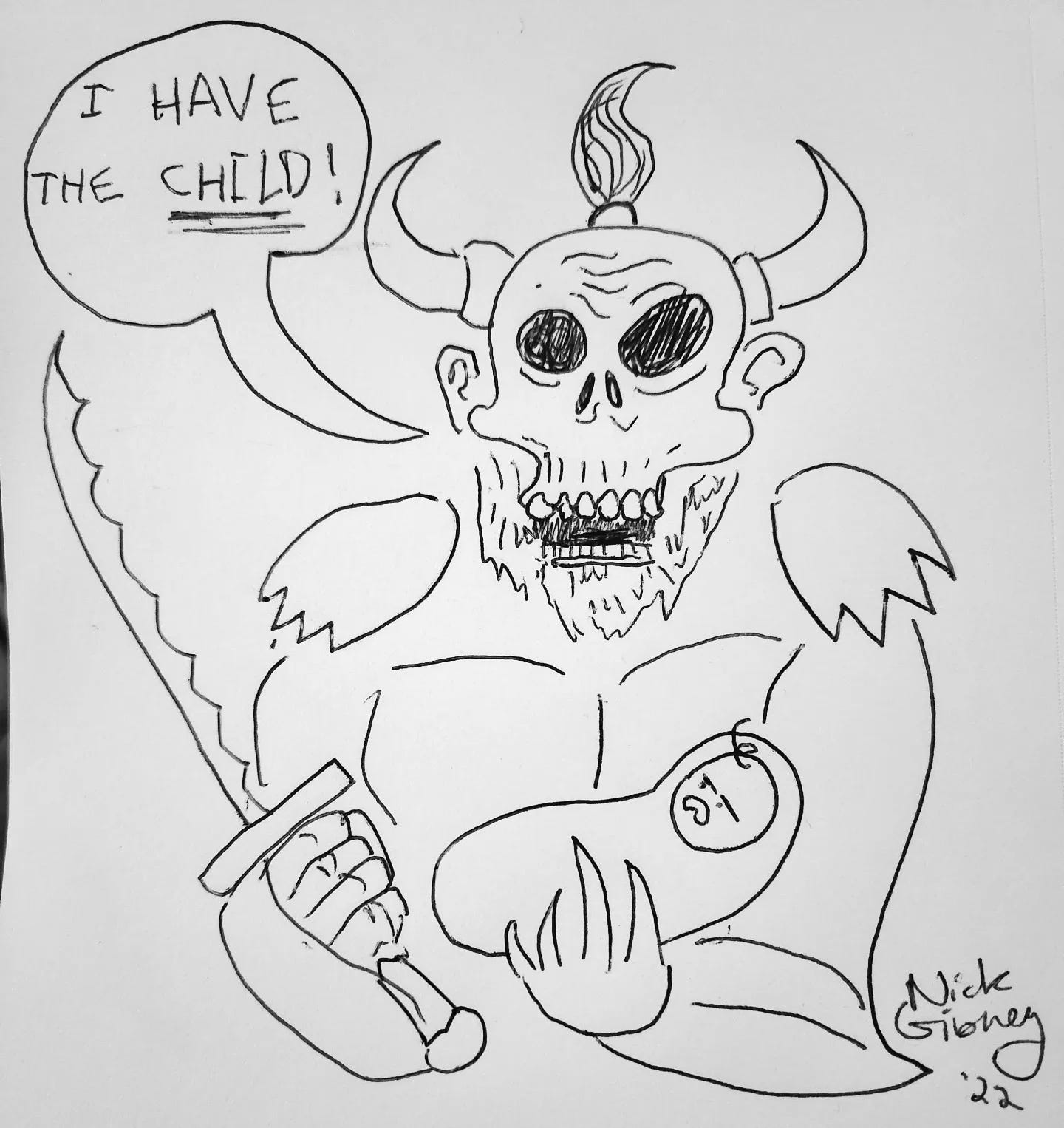Disney+ has released a new show based on the 1988 film Willow. The original, a result of a George Lucas and Ron Howard team-up, starred Warwick Davis as the eponymous Willow and Val Kilmer as the warrior Madmartigan. The new show, developed by Jonathan Kasdan, is nostalgic, light, and fun, playing in a sandbox of familiar fantasy tropes with a cast of characters you don’t always see in the lead.
I have very consciously not read any reviews or comments of the show. In general, if I already know I want to watch something, I don’t go looking for reviews ahead of time. There is something very snobby and self-defeating about allowing somebody else to talk you out of a movie, show, or book you already want to read or watch. It’s like going to the ice cream store to buy ice cream and then talking yourself out of it by googling the nutrition facts of Rocky Road. And in the age of crowdsourced, internet review sites like RottenTomatoes and Goodreads or the cesspool of YouTube comments and Twitter, what you’re more likely to get is the critical equivalent of that guy—and we all know that guy—who tells you how bad ice cream is for you while you’re eating it.
Fuck that guy.
Ice cream is delicious. And the new Willow series is an ice cream sundae, with sprinkles, and fudge, and a bright red maraschino cherry.
I was talking to an editor friend this weekend about our favorite shows and movies of the past few years, and he came to the conclusion that if the past decade of popular movies and shows has taught us anything, it is that the key to sequels or prequels is to honor the spirit of the original while trying something new. Prey, my favorite movie of 2022, which I wrote another newsletter about, is a perfect example of this. So are films and shows like Ghostbusters: Afterlife, Rogue One, The Mandalorian, Andor, and The Rings of Power. Whether you like these shows or not, they all do something that most sequels of the 80s, 90s, and even early 2000s did not. They all try to tell a new story using the spiritual sandbox of the original, instead of just making a carbon copy.
On the one hand, the Willow series does lean heavily on the nostalgia of the original, readily drawing parallels between new characters and their spiritual predecessors, and puts a rag-tag group of unconventional heroes who don’t all get along on a quest. On the other hand, the plot tells a new kind of story, one where the prince (not the princess) needs rescuing, the integrity of the “good” monarchy is rightfully questioned, and, while the questers are being hunted by unequivocally demonic forces, each character’s internal demons play an equally threatening role.
The original film, Executive Produced by George Lucas (and based on a story by him), was a not-so-thinly veiled knockoff of The Lord of the Rings. Willow and the other Nelwins are basically Frodo and the Hobbits, and the infant Elora Danan is essentially the Ring of Power, the object of evil Bavmorta's desire that falls into the hands of our unsuspecting hero; Bavmorta is basically Sauron, the sorceress mentor Fin Razel is Gandalf, and the mysterious swordsman Madmartigan is Aragorn. You get the picture. George Lucas has many fine qualities, but originality is not one of them. When writing Star Wars, he openly acknowledged using Joseph Campbell's book The Hero With A Thousand Faces, which posits—dubiously—that all myths from around the globe follow a similar structure. But even while playing with these familiar tropes, Willow still managed to do something fresh, especially for the 80s. For one, Willow has a strong feminine presence throughout. Besides the warrior Madmartigan, Willow is aided in his quest by an elder sorceress, a fairy queen, the warrior daughter of the evil Bavmorta, and Willows's wife and daughter. There is even an extended escape and chase scene in which the masc Val Kilmer is dressed as a woman. The Lord of the Rings, on the other hand, is a real sausage fest. Willow also explores a more sensitive side of high fantasy, in which the protagonist is a caretaker, focused on healing and protecting, a role that is more often given to the sidekick.
When familiar stories are treated like sandboxes filled with familiar toys (instead of re-painted train cars on an unmovable track), we are offered a chance to explore other parts of the sandbox that the originals either didn’t fully develop or didn’t even touch. However, there are some fans who bristle at the mere thought of doing anything new with their beloved toys. Like children who get angry when you don’t play in the sandbox the way they want you to, some fans flip out when new sequels dare to try anything that challenges the conceit of the original. Rian Johnson's Star Wars: The Last Jedi was lambasted by these kinds of fans for imagining that an older Luke Skywalker might not have the exact same ideals as when he was a much younger man, particularly in regard to his reverence for the Jedi Way. But The Last Jedi was my favorite of the recent Star Wars sequels, precisely because of these challenges. It was not a betrayal, but an enrichment.
I’m hopeful about where the Willow series will take us. And I’m hopeful that the creators (and the fans) will be open to new ways of playing in the sandbox. Of course, what would be even better is if big media corporations like Disney would take more risks on totally original stories, instead of primarily investing in safe sequels, prequels, and reboots.
A guy can dream.
What I’m reading now:
Dark Carnivals: Modern Horror and the Origins of American Empire by W. Scott Poole



Looking forward to watching the Willow series.